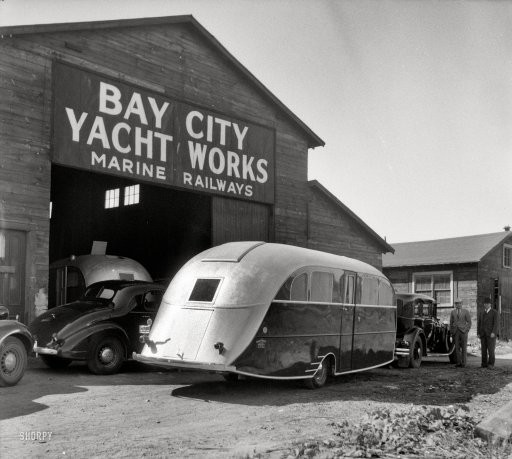Why Do Hedge Funds Love Advance Auto Parts Hedge Fund Letters
Post on: 16 Март, 2015 No Comment

With an institutional ownership level of over 95% including 38 hedge funds, Advance Auto Parts (NYSE: AAP ) is surprisingly attractive for a company that is not that profitable (6.5% profit margin) with a market capitalization of just under $6 billion.
But there are features of Advance Auto Parts, a chain of almost 4000 stores in nearly 40 states, that hedge funds and other institutional investors do find alluring. This has certainly been reflected in the stock price, which is up double digits for 2013 and trading close to its 52-week high. Since last November, the jump has been particularly sharp.
In large part this is due to the resurgence of the American automobile industry. Ford (NYSE: F ) and General Motors (NYSE: GM ) have rebounded from the depths of The Great Recession (there was only one way to go). With more motor vehicles on the road, there is naturally more of a demand for the parts needed for repair and maintenance.
The decline in gasoline prices has also helped. With fuel cheaper, Americans are driving more. The more miles put on a motor vehicle the greater the need for new parts, repairs, and routine maintenance such as tune-ups and oil changes.
Even with these favorable economic developments and the heavy hedge fund ownership, Advanced Auto Parts is still trading at attractive valuations. The price-to-sales ratio is just 0.96. That means that every dollar of sales is trading at a 4% discount in the stock price.
The company is also undervalued compared to its competitors on a price-to-book ratio, too. For the auto parts industry, the average price-to-book ratio is 14.69. Advance Auto Parts has a price-to-book ratio of only 4.71, about one-fifth the sector mean.
The future should be a much smoother ride for Advanced Auto Parts than the last five years, which entailed the full force of The Great Recession decimating the American automobile industry.
More than three-quarters of the motor vehicles in the United States today are over five years old. Those are prime candidates for needing greater repairs. During this time period, warranties expire and the need for replacement parts increase. From that, there should be a much greater demand for the goods and services of Advance Auto Parts.
The Wall Street analyst community expects this in its projections for the company. For this quarter, earnings-per-share growth is down. But for the next five years, earnings-per-share growth is estimated to increase by an annual rate of 11.06%, up from 10.13% for next.
As a result, the forward price-to-earnings ratio is expected to fall to 13.48. The current price-to-earnings ratio is 15.72. For the industry, the average price-to-earnings ratio is 19.80.
Its capital structure is much more solid than the industry average, too. The debt-to-equity ratio for Advance Auto Parts is 0.48. For the others in the group, it is 2.57. To produce each dollar in equity, Advance Auto Parts required less than one-fifth as much borrowing as its competitors. What makes this even more impressive is that Advance Auto Parts is one of the larger competitors in the sector, which could require more debt to finance the needs for its thousands of store. But it is a much leaner operation than the others, to which its superior return-on-equity attests.
Revenues and the operating margin has increased consistently for Advance Auto Part over the past five years. While the profit margin is not robust, the return-on-equity is very healthy at 37.58%. The return-on-investment of 27.20% tops the sector average of 19.50%.
Now trading around $82 a share, the mean analyst target price for Advance Auto Parts over the next year is $85.20. Due to the high level of institutional ownership it is a low volatility stock with a beta of just 0.52. Also modest is the short float, at just 2.40%














